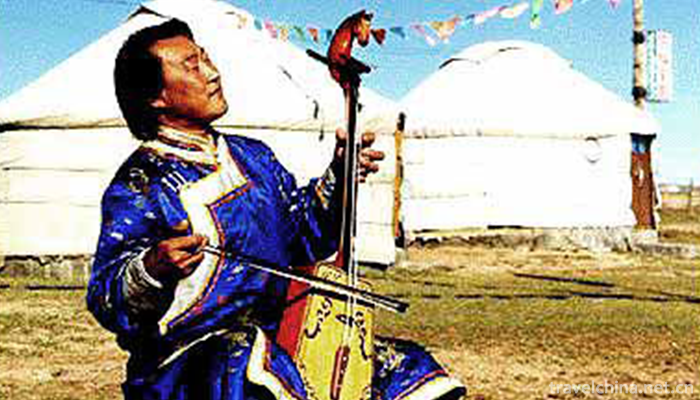Mongolian Matouqin Music
Horsehead Qin is a typical representative of Mongolian music culture. Whether it is its shape, production material, sound quality, timbre, music expression style and performance method, it embodies the connotation of Mongolian personality, fully reflects the historical form of Mongolian nomadic life, and expresses Mongolian thinking and understanding of natural cosmos philosophy.
May 20, 2006 was listed in the first batch of national intangible cultural heritage list.
historical origin
The Mongolian horsehead piano has a long history. During the formation of the Mongolian nationality, the Horsehead piano already existed. In the long-term development of history, Horsehead Qin has formed different schools with distinct regional color, which are closely related to the internal and external convergence and separation of Mongolian and historical changes. It can be said that the Horsehead Qin accompanies the Mongolian people from the grassland and the historical distance, which carries rich historical and cultural information.
artistic characteristics
Horsehead piano not only plays on some formal and grand occasions, but also appears in folk wedding ceremonies, family and friends gatherings and other daily activities. It can be used as accompaniment to songs, as well as solo repertoire. The horsehead piano has a profound social and folk tradition foundation, and plays the social functions of disseminating culture, cultivating sentiment, changing customs and customs.
Representative works
The traditional repertoire of Ma Tou Qin evolves from folk songs, which can be divided into five categories: 1. Native folk songs, such as "Zhu Se Love" and "Ba Ya Ling"; 2. Heroic epic melodies, such as "Running Horse Tune" and "Battle Tune"; 3. Horse pace, that is, the melody expressing the image of horses; 4. Qin melodies developed from folk songs, such as "Lotus Flower" and "Modley"; 5. Ancient Han melodies, such as "Pu'an Mantra" 》 Liu Qingniang, etc.
Inheritance significance
Horsehead Qin is highly respected in Mongolian culture and has become a very important manifestation of Mongolian culture. In recent decades, the development of horsehead piano has encountered serious difficulties. There are four traditional schools of horsehead piano in history, each of which has its own traditional repertoire. But up to now, the inheritance of horsehead piano is becoming scarce, and the loss of repertoire is serious, so it is urgent to protect it.

0 Questions
Ask a Question
Your email address will not be published.